How to Improve the Durability and Weather Resistance of Marine Captain’s Chairs
Marine captain’s chairs are crucial pieces of furniture onboard vessels, offering comfort and support to captains and crew on long voyages. However, the harsh marine environment, which includes seawater, sunlight, and changing weather conditions, can have a considerable impact on these chairs’ durability and weather resistance. To ensure longevity and maintain functionality, it’s crucial to take proactive measures to enhance their resilience.
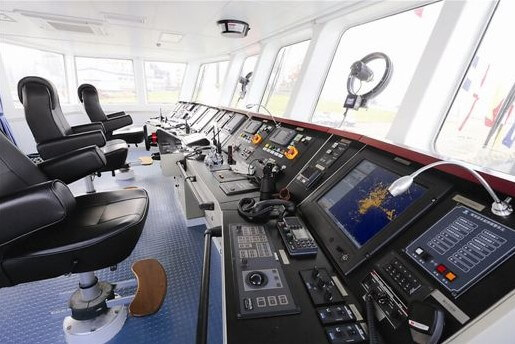
Understanding the Basics of Marine Captain’s Chairs
Marine captain’s chairs are specifically designed to meet the unique demands of the marine environment while providing comfort, support, and functionality to captains and crew members.
| Aspect | Description |
| Purpose | Provide comfort, support, and functionality for boat captains and crew members during voyages. |
| Key Features | Sturdy construction with durable materials. Ergonomic design for comfort and support. Adjustability for user preferences. Weather-resistant upholstery. Various mounting options. Storage options. Foldable or collapsible designs for convenience. |
| Materials Used | Marine-grade materials such as stainless steel, aluminum, and corrosion-resistant plastics for frames and hardware. |
| Factors to Consider | Durability, Weather resistance, Comfort Mounting options, Storage and convenience |
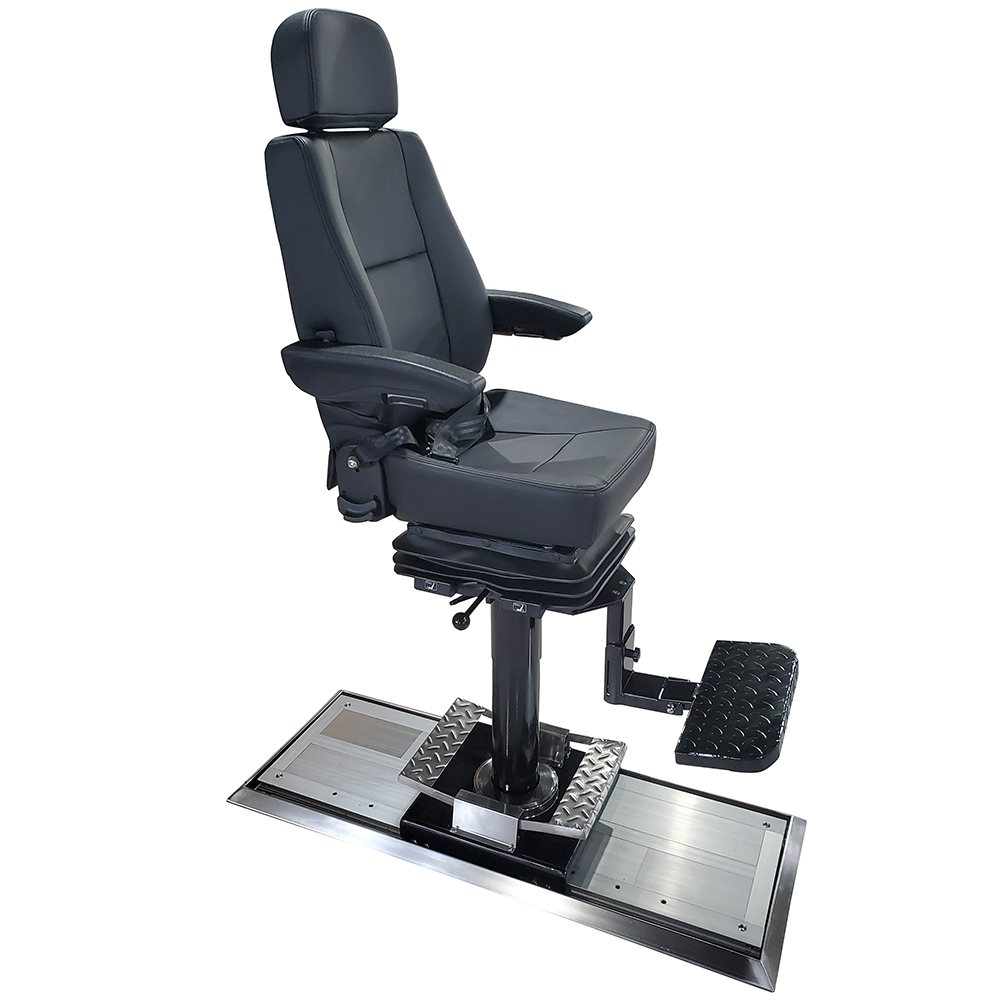
Effective Strategies to Improve Durability and Weather Resistance of Marine Captain’s Chairs
1. Quality Materials Selection
Choosing the right materials is paramount in ensuring the longevity of marine captain’s chairs. Opt for high-quality marine-grade materials such as stainless steel, aluminum, and corrosion-resistant plastics for the frame and hardware. Marine-grade stainless steel is particularly resilient to corrosion caused by exposure to saltwater, making it an ideal choice for chair components.
a. Frame Materials
- Stainless Steel: Opt for marine-grade stainless steel for chair frames and hardware. Stainless steel is highly corrosion-resistant, making it ideal for withstanding exposure to saltwater and moisture. It retains its strength and appearance even in harsh marine conditions.
- Aluminum: Aluminum is another excellent choice for chair frames due to its lightweight nature and corrosion resistance. Anodized aluminum provides additional protection against corrosion and ensures durability in marine environments.
- Corrosion-Resistant Plastics: Consider using corrosion-resistant plastics for certain chair components, such as mounting brackets or armrests. High-quality plastics like polyethylene or fiberglass-reinforced polymers offer durability and weather resistance.
b. Hardware
- Stainless Steel Hardware: Use stainless steel hardware for all chair components, including mounting brackets, screws, bolts, and fasteners. Stainless steel provides superior corrosion resistance, ensuring longevity and reliability in marine conditions.
- Anodized Aluminum Hardware: Anodized aluminum hardware offers corrosion resistance and durability similar to stainless steel. It is lightweight and provides a sleek, modern aesthetic.
2. Upholstery Fabrics
- Marine-Grade Vinyl: Marine vinyl is specifically designed to withstand the elements encountered in marine environments. Choose marine-grade vinyl upholstery for its durability, UV resistance, water resistance, and ease of cleaning. Marine vinyl comes in various colors and textures to suit different preferences.
- Solution-Dyed Acrylic Fabrics: Solution-dyed acrylic fabrics, such as Sunbrella®, are renowned for their durability and weather resistance. These fabrics offer excellent UV protection, fade resistance, and mold resistance. They are breathable, comfortable, and easy to clean, making them ideal for marine upholstery.
- Mesh Fabrics: Mesh upholstery fabrics are suitable for marine captain’s seats, offering breathability and quick drying properties. Look for high-quality mesh fabrics that are resistant to fading, tearing, and mildew growth.
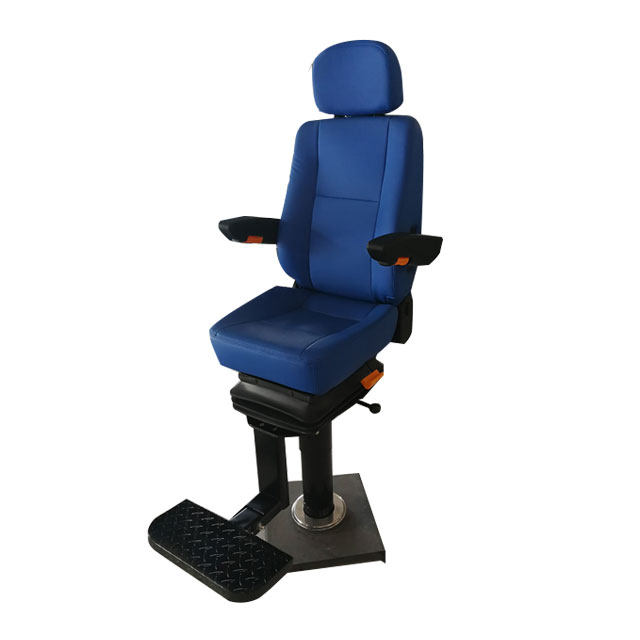
3. Protective Finishes
a. Powder Coating
- Application: Powder coating is applied as a dry powder and cured under heat to form a hard, durable finish.
- Benefits: Powder coating provides excellent corrosion resistance, impact resistance, and durability. It also offers UV protection and comes in a variety of colors and textures.
- Usage: Apply powder coating to metal chair frames, hardware, and other metal components to protect against corrosion and weathering.
b. Anodizing
Application: Anodizing is an electrochemical process that creates a protective oxide layer on the surface of aluminum.
Benefits: Anodized aluminum surfaces are corrosion-resistant, scratch-resistant, and have enhanced durability. They also provide a decorative finish and retain their appearance over time.
Usage: Apply anodizing to aluminum chair frames and hardware to improve corrosion resistance and longevity.
c. Marine-Grade Paints and Sealants
- Application: Marine-grade paints and sealants are specifically formulated for use in marine environments and provide a protective barrier against moisture, UV radiation, and saltwater.
- Benefits: Marine-grade paints and sealants offer superior adhesion, flexibility, and resistance to abrasion and weathering. They provide long-lasting protection and can be applied to various materials, including metal, wood, and plastics.
- Usage: Apply marine-grade paints and sealants to chair frames, wooden components, and other surfaces exposed to the marine environment to enhance durability and weather resistance.
d. Clear Coat Finishes
- Application: Clear coat finishes are transparent coatings applied over surfaces to protect against UV radiation, moisture, and abrasion while preserving the natural appearance of the material.
- Benefits: Clear coat finishes provide a glossy or matte protective layer that enhances the appearance of the underlying material and provides long-lasting protection against environmental damage.
- Usage: Apply clear coat finishes to wooden chair components, metal surfaces, and other materials to improve durability and weather resistance while maintaining their aesthetic appeal.
e. Fabric Protectants
- Application: Fabric protectants are applied to upholstery fabrics to repel water, resist stains, and provide UV protection.
- Benefits: Fabric protectants help prevent moisture absorption, mold and mildew growth, and fading caused by UV exposure. They also make cleaning easier and prolong the lifespan of upholstery fabrics.
- Usage: Apply fabric protectants to marine-grade vinyl, solution-dyed acrylic fabrics, and mesh fabrics used in marine captain’s chairs to enhance durability and weather resistance.
4. Storage and Covering
Proper storage and covering are essential aspects of maintaining the durability and weather resistance of marine captain’s chairs, especially when they are not in use.
a. Indoor Storage
- Benefits: Storing marine captain’s chairs indoors, such as in a garage, shed, or boat cabin, provides the highest level of protection from the elements.
- Protection: Indoor storage shields the chairs from exposure to sunlight, rain, saltwater, and other environmental factors that can cause damage over time.
- Prevention: Keeping the chairs indoors prevents UV degradation, mold and mildew growth, and corrosion of metal components, significantly extending their lifespan.
b. Custom-Fitted Covers
- Benefits: Custom-fitted covers provide an additional layer of protection for marine captain’s chairs when stored outdoors or on the deck of the boat.
- Weather Resistance: Covers shield the chairs from rain, snow, sunlight, and wind, preventing moisture infiltration and UV damage.
- Material Selection: Choose covers made from durable, weather-resistant materials such as marine-grade vinyl, polyester, or solution-dyed acrylic fabric.
- Secure Fit: Ensure the covers fit snugly over the chairs to prevent them from blowing off or shifting during windy conditions.
c. Boat Enclosures
- Benefits: Installing boat enclosures, such as a bimini top, cockpit cover, or full boat cover, provides comprehensive protection for marine captain’s chairs and other onboard furniture.
- Complete Coverage: Boat enclosures cover the entire boat or specific sections, including seating areas, protecting the chairs from exposure to the elements.
- Customization: Choose boat enclosures tailored to the size and layout of your boat to ensure complete coverage and maximum protection for the chairs.
d. Elevated Storage
- Benefits: Storing marine captain’s chairs in elevated positions, such as on a rack or shelf, minimizes contact with moisture and reduces the risk of damage from flooding or splashes.
- Air Circulation: Elevated storage allows for better air circulation around the chairs, helping to prevent mold and mildew growth and promote drying after cleaning or rain.
- Space Optimization: Utilize available vertical space on the boat or in storage areas to store chairs safely and efficiently, freeing up valuable deck space.
e.Regular Cleaning and Maintenance
- Benefits: Implementing a regular cleaning and maintenance routine helps keep marine captain’s chairs in optimal condition, prolonging their lifespan and enhancing their durability.
- Prevention: Cleaning removes dirt, salt residue, and debris that can cause staining, corrosion, and deterioration of materials. Regular inspection allows for early detection of any issues that require attention.
- Preservation: Proper maintenance, including lubrication of moving parts and application of protective coatings, helps preserve the chairs’ structural integrity and weather resistance over time.
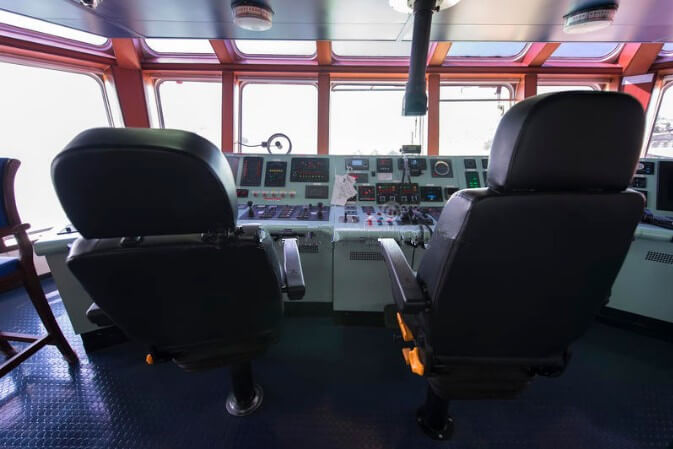
5. Proper Installation
Proper installation of ship captain’s chairs is essential for maximizing their durability and weather resistance, ensuring they remain secure and functional in the harsh marine environment.
a. Follow Manufacturer’s Instructions
Carefully read and follow the manufacturer’s installation instructions provided with the chairs. Adhering to the recommended installation procedures ensures proper fit, function, and structural integrity.
b. Ensure Secure Attachment
Ensure that the chairs are securely attached to the mounting surface using appropriate fasteners, such as bolts, screws, or brackets. Tighten fasteners to the manufacturer’s recommended torque specifications to prevent loosening over time.
c. Seal Mounting Holes
Seal mounting holes with marine-grade sealants or adhesives to prevent water infiltration and corrosion around the attachment points. Apply sealant to the underside of the mounting hardware and around the perimeter of the mounting holes before securing the chairs in place.
d. Consider Reinforcements
Reinforce mounting surfaces, especially if they are made of fiberglass or other composite materials, to provide additional support and prevent flexing or movement of the chairs. Use backing plates or reinforcement blocks as needed to distribute the load and minimize stress on the mounting surface.
e. Ensure Proper Alignment
Align the chairs properly to ensure they are level, straight, and securely anchored. Use a level and measuring tools to ensure accurate placement and alignment before finalizing the installation.
f. Test for Stability
Test the stability and functionality of the installed chairs by applying pressure and performing basic movements, such as rocking and swiveling. Ensure that the chairs remain stable and secure under normal use conditions.
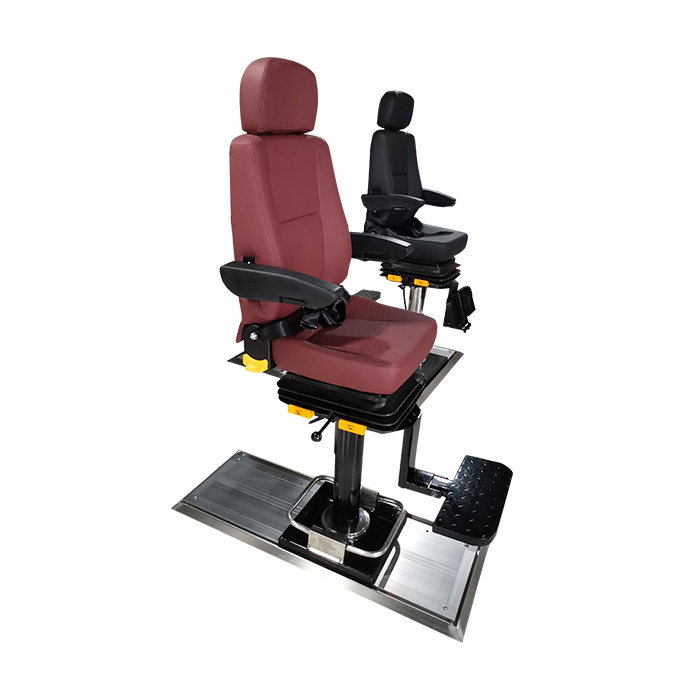
Conclusion
Enhancing the durability and weather resistance of marine captain’s chairs is essential for maintaining their functionality and longevity in the harsh marine environment. Implementing preventive measures not only protects the chairs but also enhances the overall comfort and safety of the vessel’s crew.


